Nessun prodotto nel carrello.
Psycho Bio Int Hiv Infect
75,00€ 71,30€
–
Autore: AAVV
Editore: Harwood academic publishers
Collana: –
Solo 1 pezzi disponibili
COD: 9789058230379 Categorie: MEDICINA e VETERINARIA, SCIENZA E TECNOLOGIA
.At the beginning of the 21st century, over 30 million people are estimated to be living with HIV which has penetrated every country on earth. As the chapters in this volume attest, HIV/AIDS at the end of the 1990s, at least in the developed world, is a chronic disease, requiring different approaches to its treatment and prevention. For example, HIV’s lethality was largely the result of the opportunistic infections it engendered. As these infections are increasingly brought under control and prevented, HIV’s underappreciated role as a potent carcinogen is emerging. Thus, the next challenge posed by HIV will likely include the diagnosis and treatment of HIV-related cancers and other problems associated with living longer with inactive but latent HIV. The editors have broadly adopted George Engel’s biopsychosocial model of disease as the conceptual framework for this volume. To be effective, it is clear that all HIV interventions, including biomedical ones, need to constitute a comprehensive, multi-dimensional approach, which incorporates an understanding of HIV’s complex biology, its effect on multiple body systems, the mind, the individual’s role in family, work and society, as well as HIV’s impact on the communities and societies in which it is embedded. This collection of chapters by some of the leading experts working in the HIV biopsychosocial arena illustrates the importance of multidisciplinary studies of the whole patient-mind, body, and social contexts – as an integratal part of medical research on HIV.
Cod: 9789058230379
| Editore | |
|---|---|
| Pagine | |
| Autore |
Recensisci per primo “Psycho Bio Int Hiv Infect” Annulla risposta
Prodotti correlati
-5%
SCIENZA E TECNOLOGIA
-5%
SCIENZA E TECNOLOGIA
-5%
SCIENZA E TECNOLOGIA
-5%
SCIENZA E TECNOLOGIA
-5%
MEDICINA e VETERINARIA
-5%
SCIENZA E TECNOLOGIA
-5%
SCIENZA E TECNOLOGIA
Il blues dei buchi neri. Storia della scoperta delle onde gravitazionali
-5%
SCIENZA E TECNOLOGIA

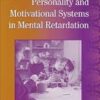

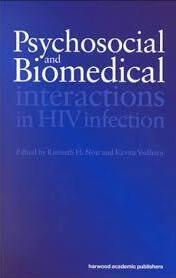

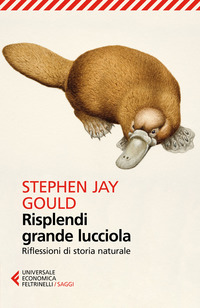

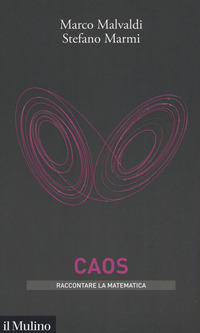

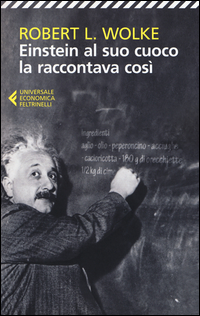
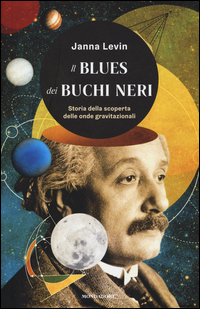
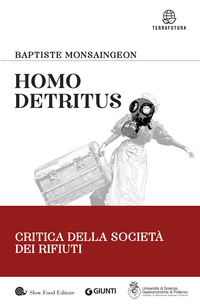
Recensioni
Ancora non ci sono recensioni.